 Acid theory evolved in stages. Our understanding of what constitutes an acid has improved, but that is not all. As a result of our better understanding, acids of greatly increased strength – superacids – have become available, as well.
Acid theory evolved in stages. Our understanding of what constitutes an acid has improved, but that is not all. As a result of our better understanding, acids of greatly increased strength – superacids – have become available, as well.
Early Acid Theory – Lavoisier
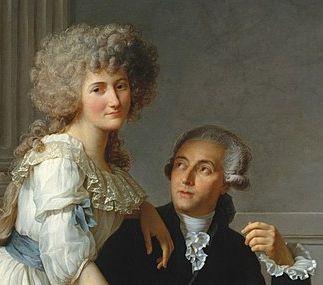
The 18th century French chemist, Antoine Laurent Lavoisier, later guillotined by French revolutionaries, developed a theory of acids inaccurately based on a required presence of oxygen. This theory lasted into the 19th century. Its popular downfall was prompted by its undue restrictions on what constitutes an acid. Many acids contain no oxygen whatsoever.
Hydrogen and Acids – Baron Justus von Liebig
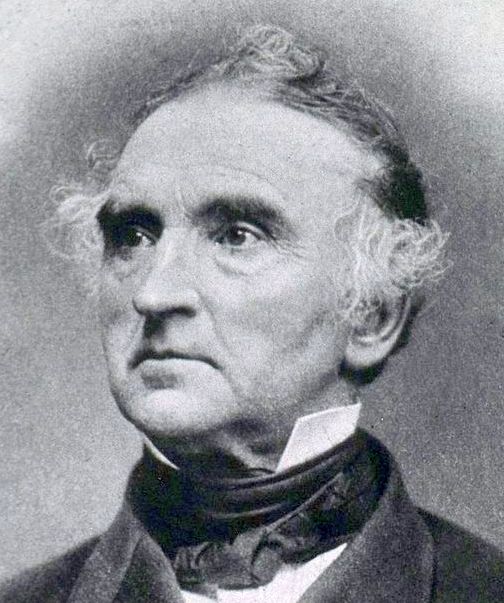
Although there was no detailed theory, credit should be given to Justus von Liebig for recognizing that hydrogen content bears a strong relationship to acids. The 1911 Encyclopedia Britannica says of him, “In 1837 with Dumas he published a note on the constitution of organic acids, and in the following year an elaborate paper on the same subject… Liebig also did much to further the hydrogen theory of acids… These and other studies in pure chemistry mainly occupied his attention until about 1838…”
Acids and the Electrolytic Theory of Dissociation – Svante Arrhenius
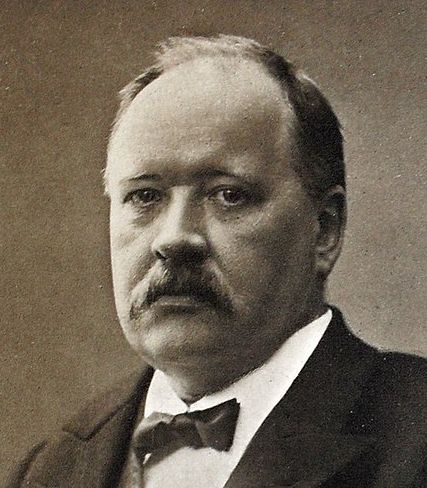
Arrhenius recognized the importance of hydrogen in his theory of acids, and that substances that increase the presence of hydrogen ions in water are acids. Hydrogen halides and other many other hydrogen-containing compounds dissolve in water, generating hydrogen cations (positive ions), which are complexed by neutral water molecules, forming hydronium ions. This is energetically favorable, because it effectively takes the charge of a hydrogen ion and spreads out over a number of particles. For example,
HCl + H2O → H3O+ + Cl–
(Notice that the positive charge is spread over three hydrogen atoms, rather than only one.)
Arrhenius won the Nobel Prize for Chemistry in 1903.
Bronsted-Lowry and Proton Transfer: Increases the Scope
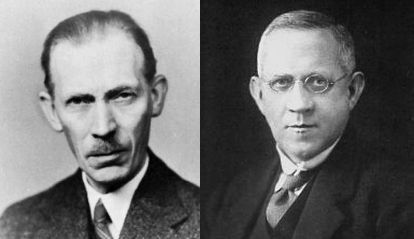
Rather than stress the presence of hydrogen as an ion, thus limiting an acid to species that can undergo dissociation, the Bronsted-Lowry theory stresses proton transfer. Thus, the gaseous reaction,
HCl + NH3 → NH4Cl
…in which hydrogen chloride and ammonia gases do not dissociate as their solutions do, is still recognized as an acid-base reaction. The number of substances defined as acids increased as a result of this theory.
Lewis – Another Way to View Acids: Still Another Increase in Scope

Do acids always give up protons? No. Think of this mathematically. What is similar to giving up a positive? Taking in a negative. Thus, three subtract one is the same as three add minus one, isn’t it? They both equal two.
The Lewis approach (named for Gilbert N. Lewis) rather than working with positively charge protons, looks at it in terms of electron pair transfer. This doesn’t mean two negative charges, as the substance originally having the pair shares it, thus transferring only one net charge.
An example is the reaction of sodium fluoride with boron trifluoride.
NaF: + BF3 → NaF:BF3 or NaBF4
Notice there is no hydrogen in this instance, at all. Once again, the number of substances defined as acids is increased.
Superacids!
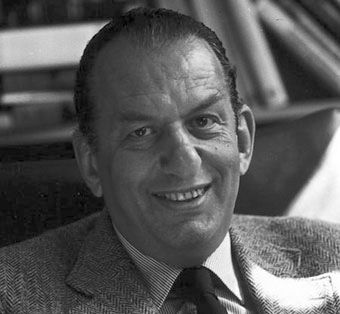
In addition to increasing the number of substances defined to be acids, the increase in knowledge points to the ability to create ever stronger acids, as well.
Ordinary, i.e., historically strong acids, are epitomized by 100% sulfuric. Since their discovery in the twentieth century, however, we find there are acids that are considerably stronger than that. Many are the result of combining a Bronsted-Lowry with a Lewis Acid. One especially notable such acid was first prepared by chemist George Olah by combining Antimony pentafluoride, SbF5, with Fluorosulfonic acid, FHSO3, the so-called “Magic Acid” (since it was demonstrated it could dissolve even a wax candle).
As of 2004, the strongest known isolable superacid is a boron derivative, chemical formula H(CHB11Cl11). When a naked proton leaves a molecule of the acid, the remaining structure is exceptionally stable. In the words of Nature News, “It is over 100 trillion times more acidic than the water in your local swimming pool.“
To get a better feel for just how powerful a superacid is, enjoy this 2 minute video…
Note: You might also enjoy Acids, Bases, Salts: Can an Oxide Be a Salt?
References:
- Hall, Norris: Systems of Acids and Bases. (1940). Journal of Chemical Education
- Salisbury University: Arrhenius Acids and Bases
- Brandeis University: Michael Henchman, Professor of Chemistry
- Hopkin, M, et al.: http://www.nature.com/news/2004/041115/full/news041115-5.html. (2004). Nature
- Zhao, Q.: Preparation of solid superacid S2O8-2/TiO2–exfoliated graphite (EG) and its catalytic performance. (2014). Ceramics International

Wow, that is amazing: I never knew that!